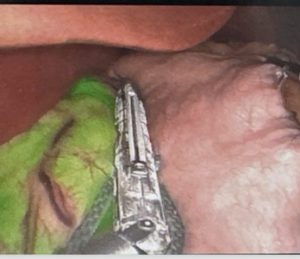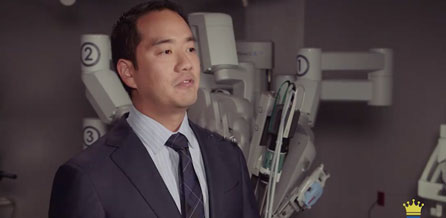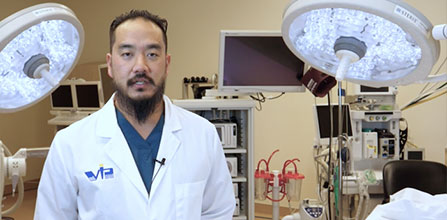What Percentage of Stomach Do You Remove During a Gastric Sleeve?

Why is this the wrong question, and why does your surgeon answer it anyway?
The main goal of laparoscopic sleeve gastrectomy for weight loss is to reduce hunger and caloric intake by removing most of the stomach and leaving a stomach tube or sleeve. Many patients ask, “What percentage of my stomach are you removing?” And often, they get a standard answer that ranges from 75% to 90%.
However, while many surgeons will say this to give the patient a general idea, the answer should be “It depends.” Furthermore, the right question should be, “What amount of stomach will be left behind?”
The reason for this is simple: patients have different-sized stomachs, but all surgeons size their gastric sleeves with various measuring devices – usually the same size for all patients. The original stomach size depends on age, sex, genetics, or eating habits. I have seen stomachs as small as a sausage link and others as large as a football. The larger stomachs will have a greater percentage removed, while the smaller stomachs will have a smaller percentage. However, the success of weight loss primarily depends on how much stomach is left behind. The truth is it’s probably impossible to get an exact percentage measurement without special techniques to measure volume before and after the surgery, which is neither feasible nor necessary.
Gastric sleeves are often sized with devices called bougies – long silicon or rubber tubes ranging in diameter from just under to just over half an inch. Last week, I used a newer device called Endolumik, which has the advantage of special fluorescent imaging technology that allows for seeing the sizer through the stomach wall for more accurate stapling.
- Before stomach stapling with Endolumik Calibration Tube
- During stapling with Endolumik Calibration Tube
- During stapling with Endolumik Calibration Tube
- After stapling with 40 Fr (0.5 inch diameter) Endolumik Calibration Tube
So, before sleeve gastrectomy, patients should consider asking their surgeons about the size of the bougie and any additional technologies they use for sizing. Other nuances can contribute to weight loss and affect risk, which I will cover in future posts.
In the meantime, if you have any other surgical questions or wish to schedule a consultation, we encourage you to visit us for a consultation.







